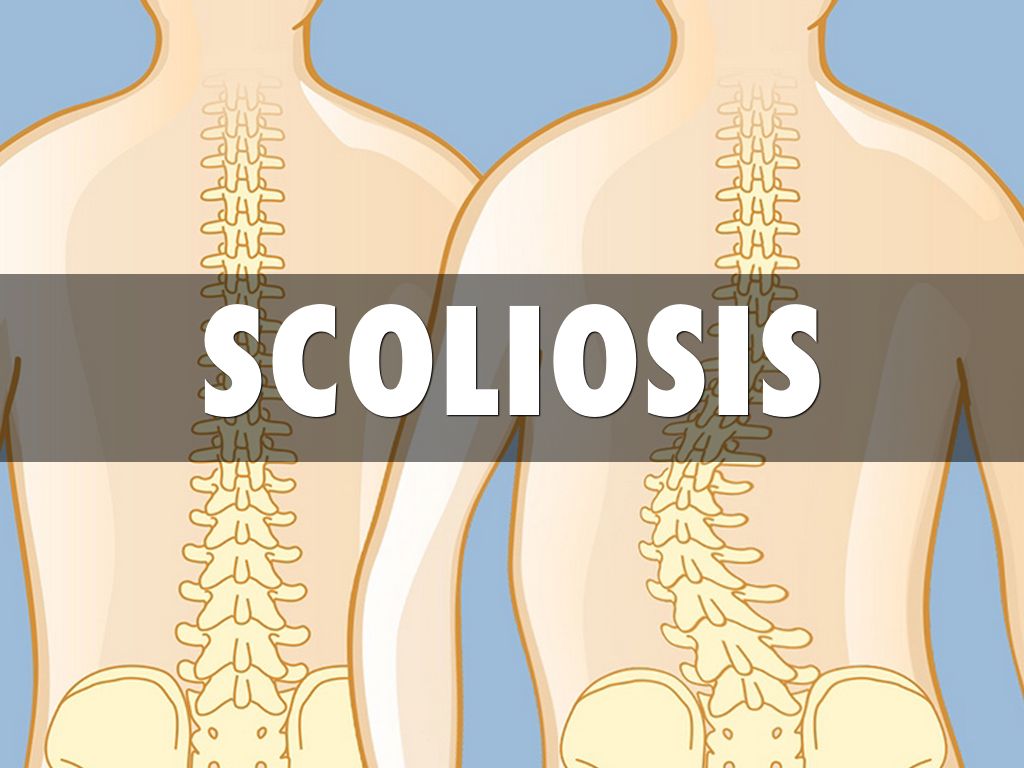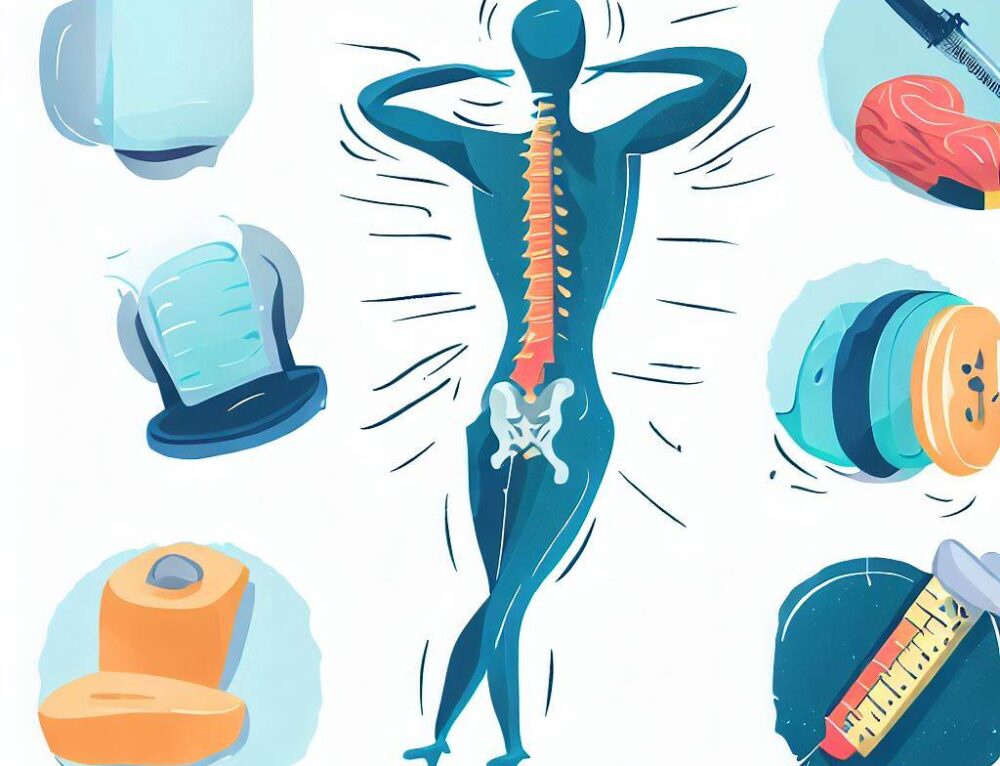Scoliosis is a medical condition characterized by an abnormal curvature of the spine. It affects millions of people worldwide, with varying degrees of severity. One common question among individuals with scoliosis is whether the condition worsens after they stop growing. In this article, we will explore the factors that influence scoliosis severity post-growth and the importance of early intervention in managing the condition.

Comprendre la scoliose
Before delving into the factors that influence scoliosis severity post-growth, it is essential to have a basic understanding of the condition. Scoliosis can develop at any age, but it most commonly occurs during the growth spurt that accompanies puberty. The curvature of the spine can be either structural or non-structural. Structural scoliosis involves a fixed curvature due to abnormal spinal development, while non-structural scoliosis is reversible and caused by factors such as muscle imbalances or leg length discrepancies.

The Role of Growth in Scoliosis Progression
During the growth spurt, the spine undergoes rapid changes, making it a critical period for scoliosis progression. The curvature can worsen as the spine grows, especially if left untreated. However, once an individual reaches skeletal maturity, typically around the age of 18-20, the growth plates close, and the spine stops growing. At this point, scoliosis progression is less likely, but it does not mean that the condition will remain stable.
Factors Influencing Scoliosis Severity
Several factors can influence the severity of scoliosis post-growth. These factors can be broadly categorized into genetic, environmental, and lifestyle factors.
Genetic Factors
Genetics play a significant role in scoliosis development and progression. Research has shown that individuals with a family history of scoliosis are more likely to have a severe form of the condition. Genetic factors can influence the shape and structure of the spine, making it more susceptible to curvature abnormalities.

Environmental Factors
Environmental factors, such as poor posture, heavy backpacks, and prolonged sitting, can contribute to scoliosis progression. These factors can place additional stress on the spine, leading to increased curvature. It is crucial to maintain good posture and avoid activities that strain the spine to minimize the risk of scoliosis worsening post-growth.
Lifestyle Factors
Certain lifestyle factors can also impact scoliosis severity. Lack of exercise, obesity, and smoking have been associated with increased scoliosis progression. Regular physical activity, maintaining a healthy weight, and avoiding smoking can help mitigate the risk of scoliosis worsening after growth.
Post-Growth Changes in Scoliosis
While scoliosis progression is less likely after skeletal maturity, it is essential to note that the condition can still change over time. Aging can lead to degenerative changes in the spine, which may affect the curvature. Additionally, muscle imbalances and postural changes can occur, further impacting scoliosis severity. Regular monitoring and appropriate management are crucial to address these post-growth changes effectively.
Impact of Aging on Scoliosis
As individuals age, the spine undergoes natural degenerative changes. These changes can affect the curvature of the spine in individuals with scoliosis. Disc degeneration, osteoporosis, and muscle weakness are common age-related factors that can contribute to scoliosis progression. Regular check-ups and appropriate interventions can help manage these changes and prevent further deterioration.
Importance of Early Intervention
Early intervention is crucial in managing scoliosis and preventing its progression. The earlier scoliosis is detected, the more treatment options are available. Non-surgical interventions, such as bracing and physical therapy, are often effective in halting or slowing down scoliosis progression during growth. However, even after growth, early intervention can help manage postural changes, muscle imbalances, and other factors that may contribute to scoliosis worsening.
Treatment Options for Post-Growth Scoliosis
When scoliosis worsens after growth, treatment options may include physical therapy, pain management techniques, and, in severe cases, surgery. Physical therapy can help improve posture, strengthen muscles, and alleviate pain associated with scoliosis. Pain management techniques, such as medication and alternative therapies like acupuncture, can provide relief. In severe cases, spinal fusion surgery may be recommended to stabilize the spine and correct the curvature.
Conclusion
While scoliosis progression is less likely after skeletal maturity, the condition can still change over time due to various factors. Genetic, environmental, and lifestyle factors can influence scoliosis severity post-growth. Regular monitoring, early intervention, and appropriate treatment options are crucial in managing scoliosis and preventing further deterioration. By understanding these factors and taking proactive steps, individuals with scoliosis can lead fulfilling lives and minimize the impact of the condition on their overall well-being.
Références
- Weinstein SL, Dolan LA, Cheng JC, et al. "Adolescent idiopathic scoliosis". Lancet. 2008;371(9623):1527-1537. doi : 10.1016/S0140-6736(08)60658-3.
- Negrini S, Donzelli S, Aulisa AG, et al. "2016 SOSORT guidelines : Traitement orthopédique et de rééducation de la scoliose idiopathique pendant la croissance." Scoliose et troubles de la colonne vertébrale. 2018;13:3. doi : 10.1186/s13013-018-0175-8.
- Trobisch P, Suess O, Schwab F. "Scoliose idiopathique". Dtsch Arztebl Int. 2010;107(49):875-883. doi : 10.3238/arztebl.2010.0875.
- Hresko MT. "Pratique clinique. Scoliose idiopathique chez les adolescents". N Engl J Med. 2013;368(9):834-841. doi : 10.1056/NEJMcp1209063.
- Bettany-Saltikov J, Weiss HR, Chockalingam N, et al. "Surgical versus non-surgical interventions in people with adolescent idiopathic scoliosis". Cochrane Database Syst Rev. 2015;2015(4). doi : 10.1002/14651858.CD010663.pub2.
- Administration de la sécurité sociale. "Prestations d'invalidité". https://www.ssa.gov/benefits/disability/.
- Lonstein JE, Carlson JM. "The prediction of curve progression in untreated idiopathic scoliosis during growth" (La prédiction de la progression de la courbe dans la scoliose idiopathique non traitée pendant la croissance). J Bone Joint Surg Am. 1984;66(7):1061-1071. doi : 10.2106/00004623-198466070-00008.
- Kaspiris A, Grivas TB, Weiss HR, Turnbull D. "Scoliosis : Examen du diagnostic et du traitement". Journal international d'orthopédie. 2013;37(1):34-42. doi : 10.1038/s41390-020-1047-9.
- Monticone M, Ambrosini E, Cazzaniga D, et al. "Active self-correction and task-oriented exercises reduce spinal deformity and improve quality of life in subjects with mild adolescent idiopathic scoliosis : Results of a randomized controlled trial". Eur Spine J. 2016;25(10):3118-3127. doi : 10.1007/s00586-016-4625-4.
- Kotwicki T, Negrini S, Grivas TB, et al. "Methodology of evaluation of scoliosis, back deformities and posture". Scoliose. 2009;4:26. doi : 10.1186/1748-7161-4-26.

